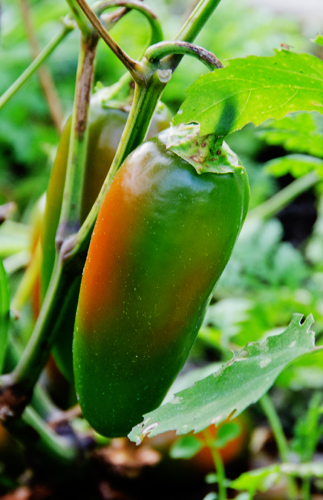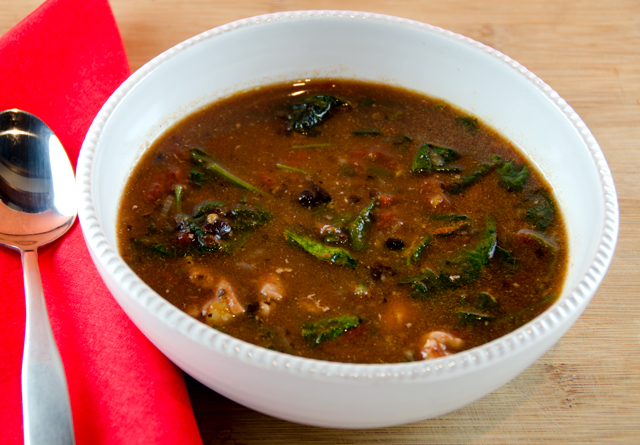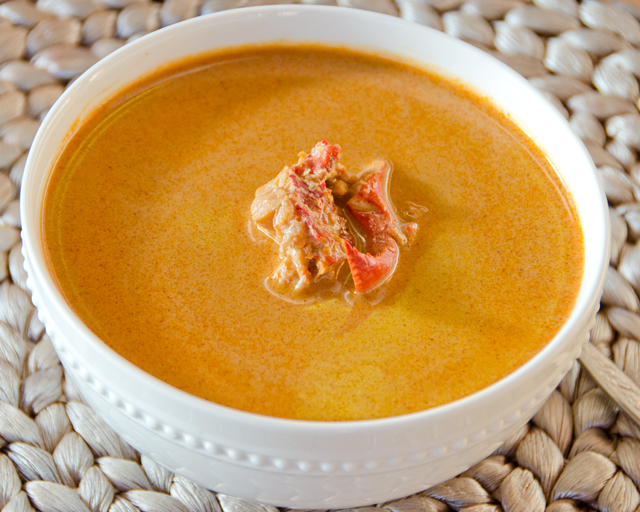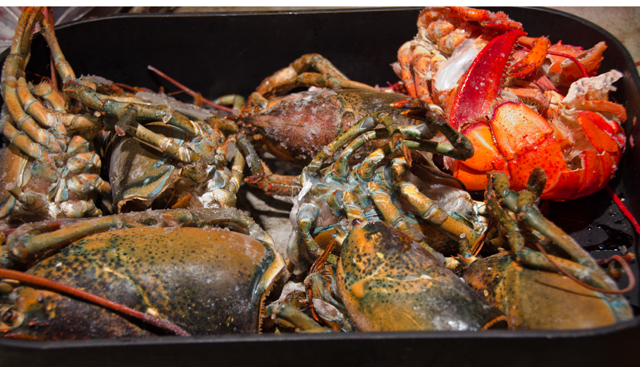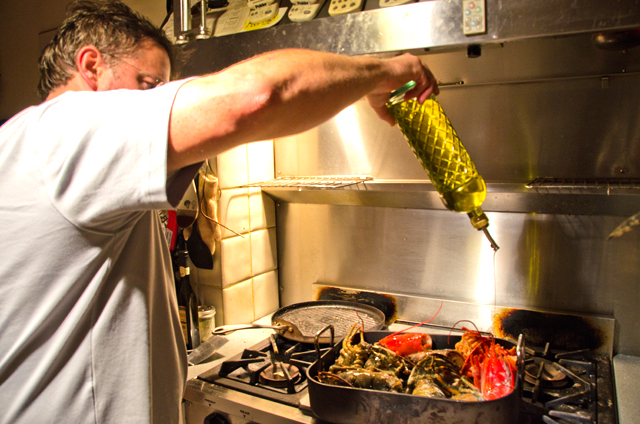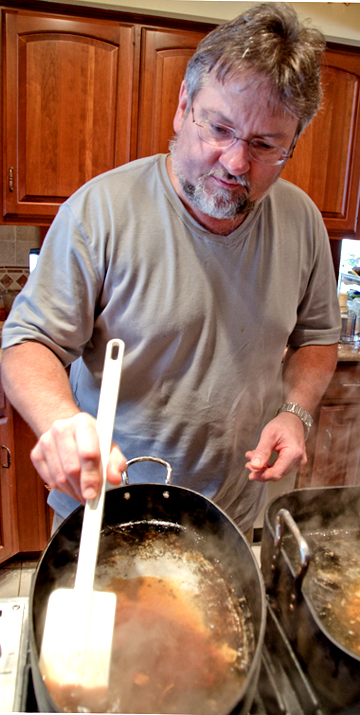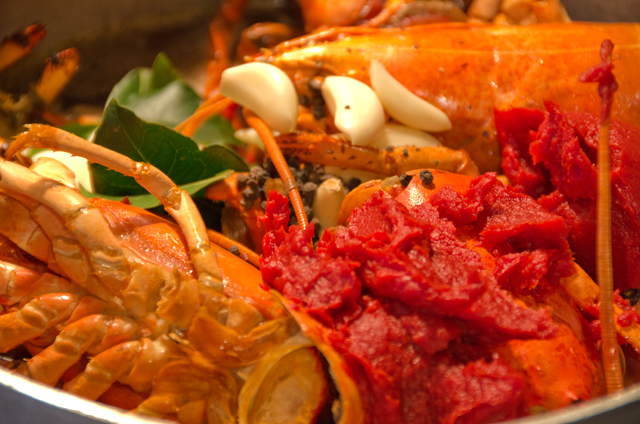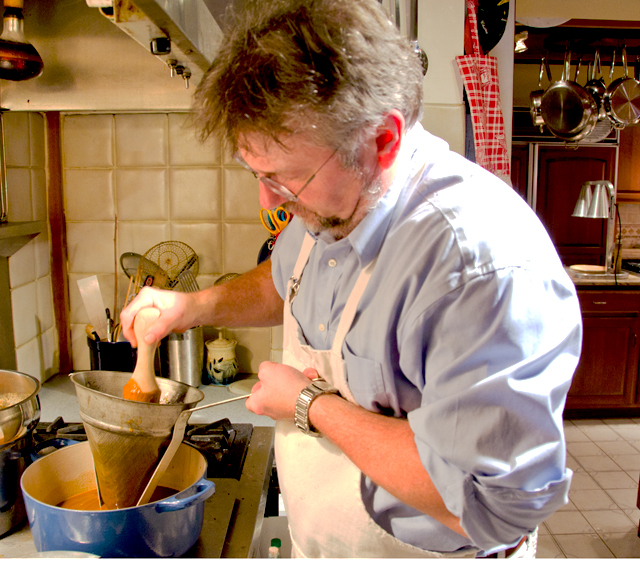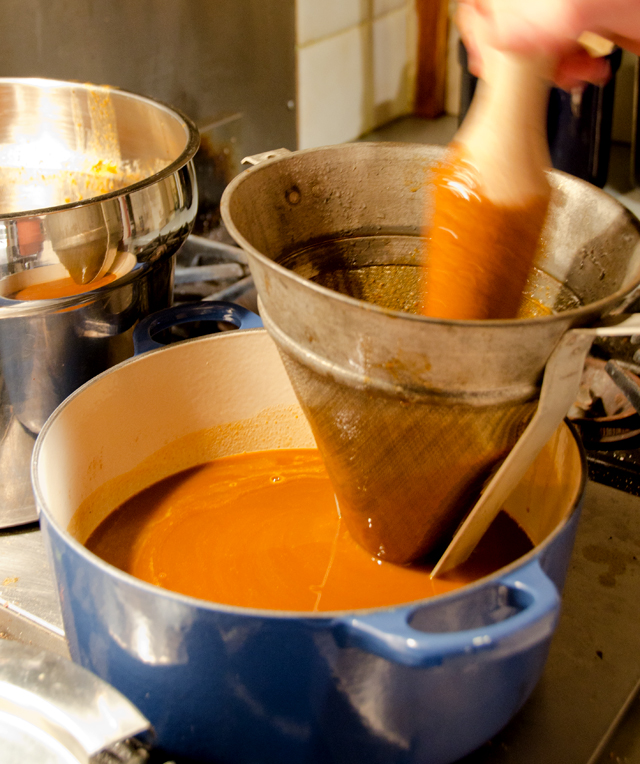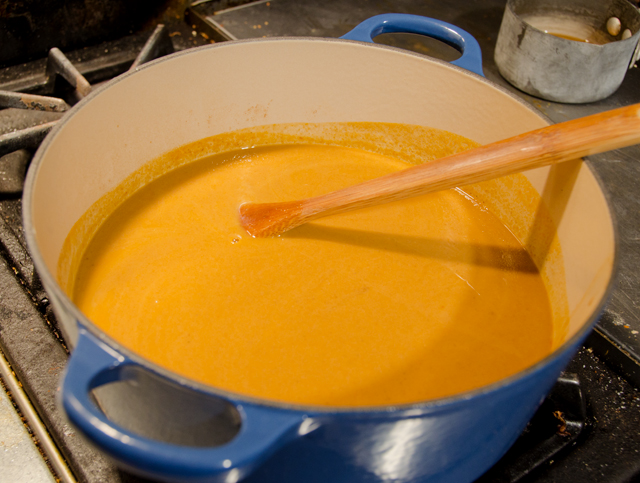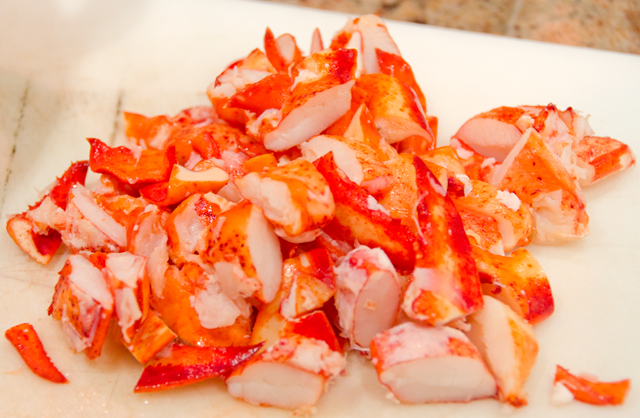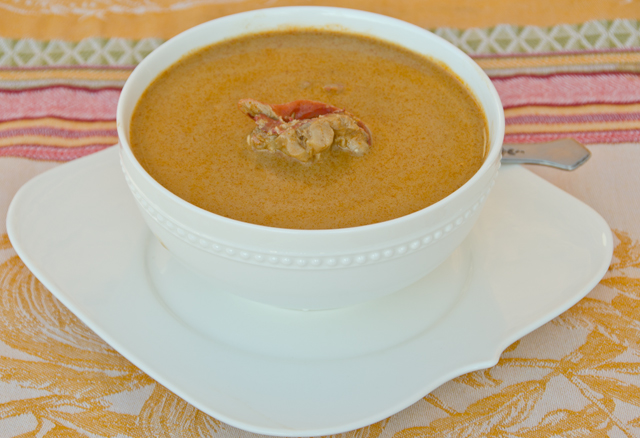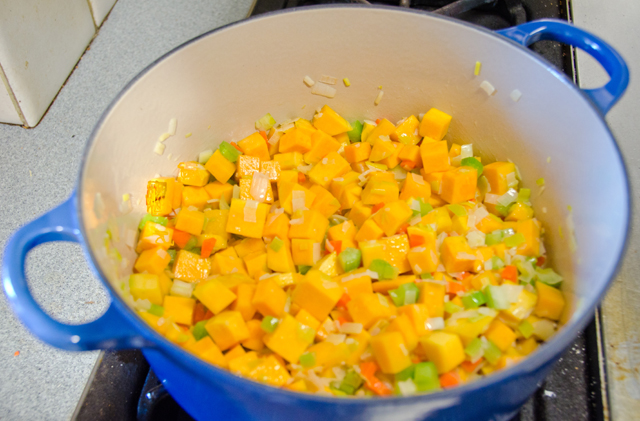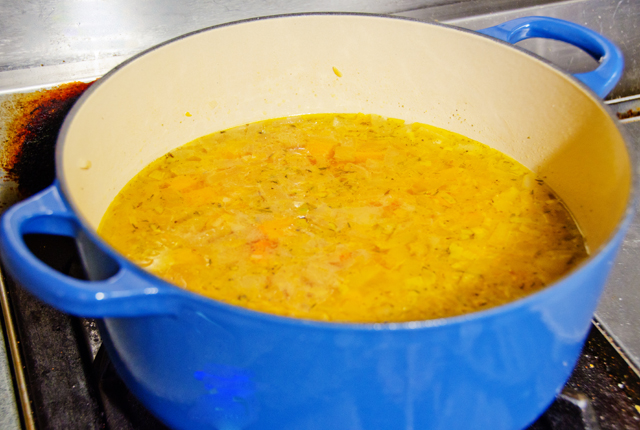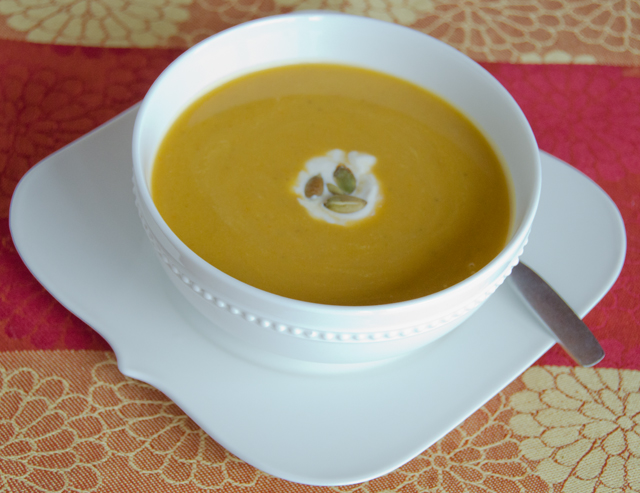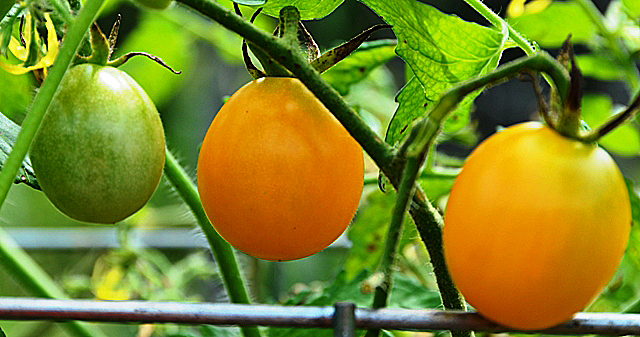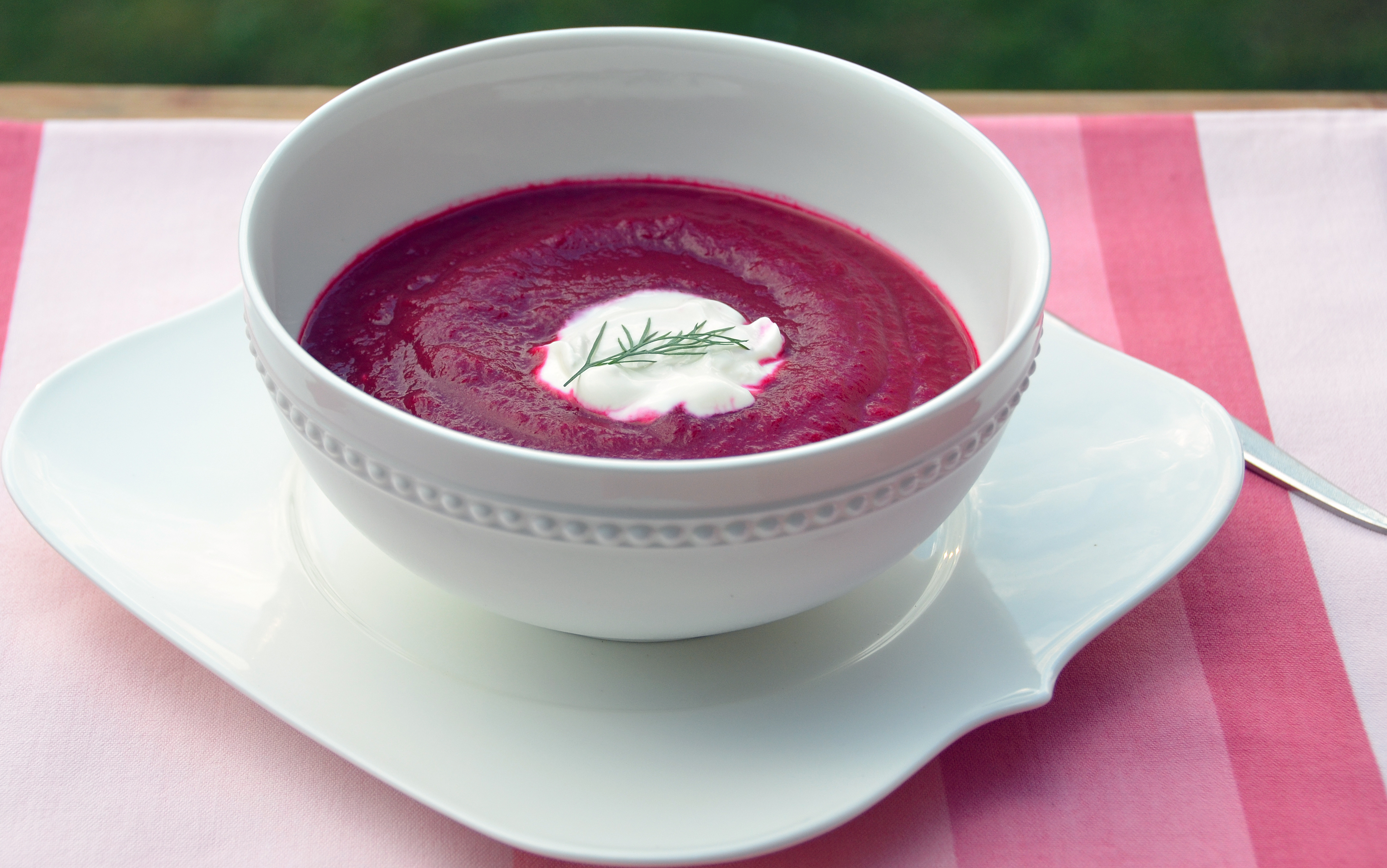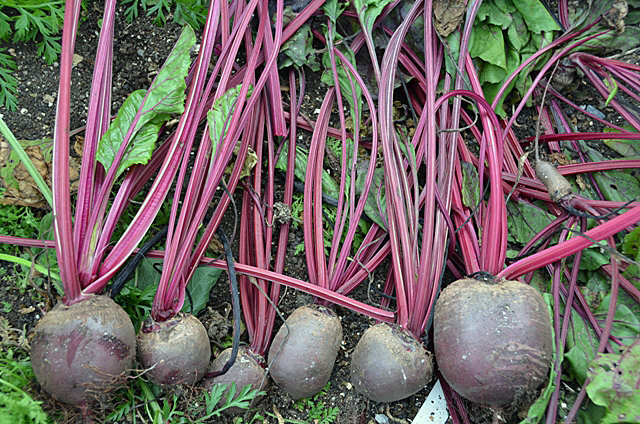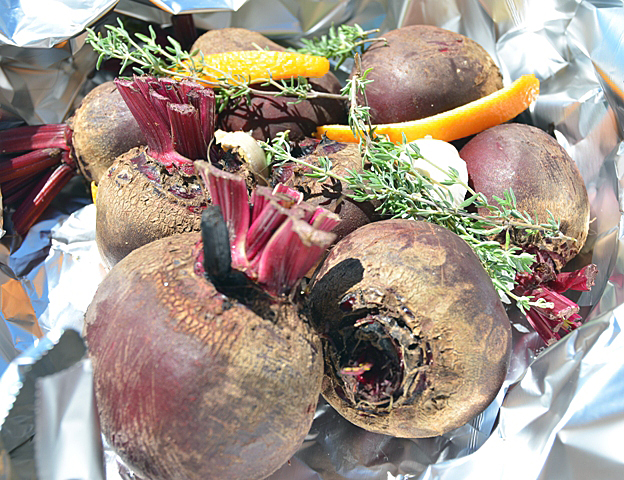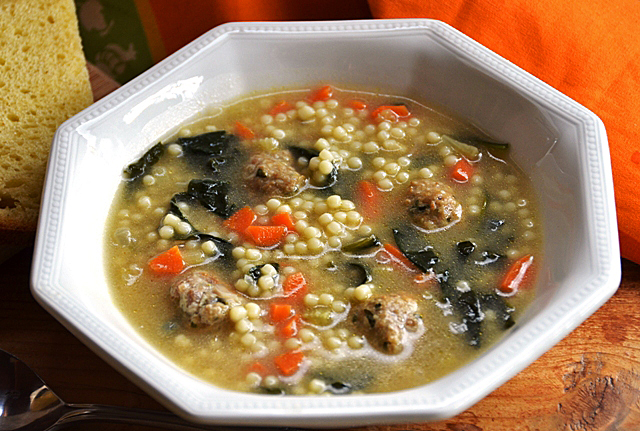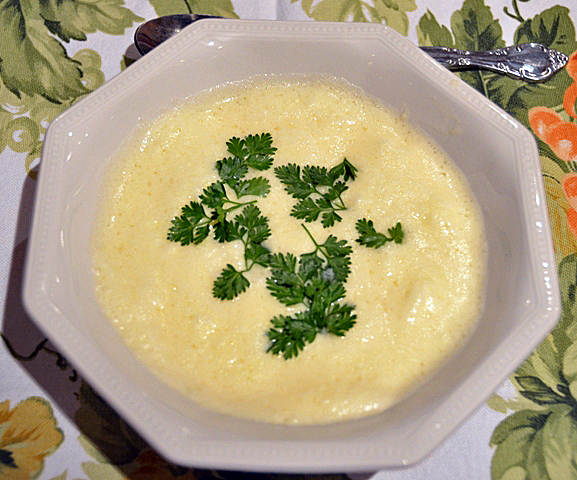Last week I made chicken and black bean soup or should I more accurately describe it, cooking by the power of suggestion. Our ladies Bible study group is currently in a series on the book of Nehemiah. The teacher of the series, Kelly Minter is a self described foodie and each chapter of the study ends with a few of her favorite recipes. This past week there was a recipe for her favorite Southwest Chicken Soup. I didn’t want to follow her recipe exactly but a concept was set in my mind and the frigid temperatures we were experiencing definitely called for a satisfying warm soup.
The starting point for a good soup is a good homemade chicken stock and I like to have it on hand for impromptu meals like this one. Not only do you benefit from the richer flavor of homemade but you can control the amount of salt in your recipe. Another plus is that when your homemade stock has been cooled and refrigerated, the fat separates at the top and can easily be scraped off. Normally when I make stock I simmer the chicken long enough for it to be cooked through. Then I remove the meat from the bones and cook the broth, vegetables and bones a bit longer before straining. But because of Hurricane Sandy and the need to consolidate all of our frozen foods into one freezer, some of my supply of frozen chicken had fallen victim to the dreaded freezer burn. Not bad, just icy, a little dried out and less than optimal. So I used some boneless and bone in pieces to make this batch of stock. I didn’t waste the chicken, the dogs were quite happy to partake in this batch, supplementing their usual food.
For my soup I used homemade stock, chopped, roasted tomatoes that I froze last summer and a pickled jalapeno from a batch that I canned. I did use canned beans, since the meal was impromptu; I didn’t have time to soak and cook fresh ones. I chose boneless chicken thighs because the dark meat holds up better when reheating a soup, and let’s face it, most soup does get reheated. Good canned chicken broth is a reasonable substitute. I prefer a low sodium version and usually have a few containers of the Pacific brand of both chicken and beef on hand. I seasoned my chicken with Penzey’s adobo seasoning to enhance the flavor profile of the southwest. Substitute a combination of cumin, oregano and cayenne if you don’t have this blend. A small can of chopped roasted tomatoes could stand in for my garden variety. You get the idea, use what you have. I added the chopped spinach at the end since I knew it didn’t need to cook very long and wanted to give the soup a green vegetable element. We had ours with a salad, maybe a little sour cream top the soup and some crusty bread would also be a welcome addition.
Chicken and Black Bean Soup
Serves 4-6
Ingredients
- 1 small onion, finely chopped
- 1T canola oil
- 3 boneless skinless chicken thighs cut into 1″ pieces
- 2t Penzey’s adobo seasoning or a combination of cumin, smoked paprika and oregano
- 1 qt bag roasted tomatoes, chopped or 1 can
- 1 finely chopped pickled jalapeno (optional)
- 4-5 c defatted, homemade chicken stock or low fat canned chicken broth
- 3-4c baby spinach
- Kosher salt and freshly ground pepper to taste
Directions
- Heat chicken stock or broth over medium high heat in a 5 quart Dutch oven until heated through.
- In a saute pan, cook the onion over medium heat until softened but not browned, 3-4 minutes. Set aside.
- Sprinkle adobo seasoning over chicken, add to the saute pan and cook, adding a little broth to the pan as needed until slightly browned, 10-12 minutes.
- Puree 1/2 c of the black beans in a mini food processor.
- Add cooked onion, pureed beans, chopped tomatoes, pickled jalapeno and the rest of the canned beans to the broth. Add cooked chicken and heat through. Add salt and freshly ground pepper to taste.
- Soup can be prepared up to 2 hours ahead. Reheat over medium heat. Before serving, add spinach to wilt. Serve in warmed bowls.
